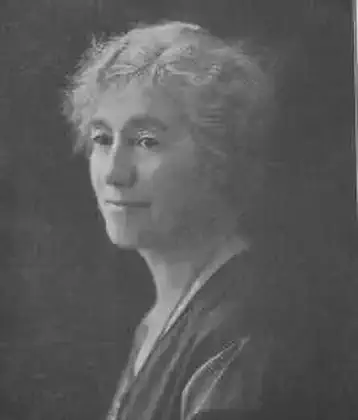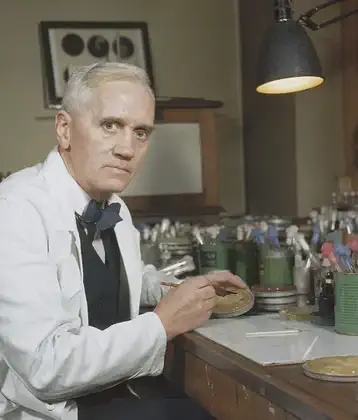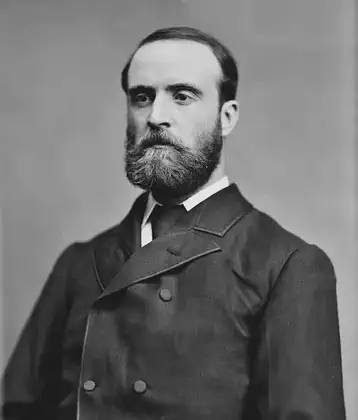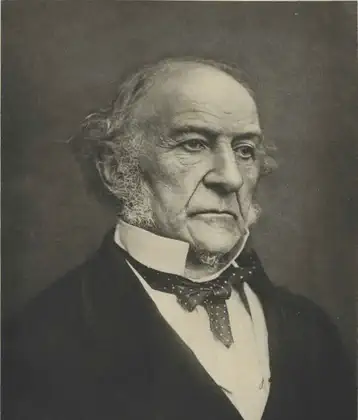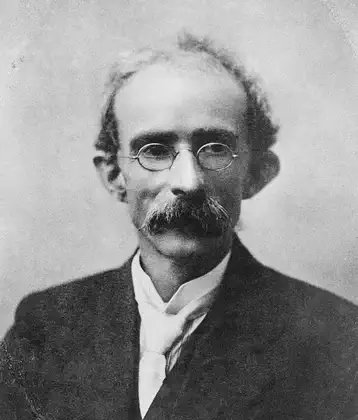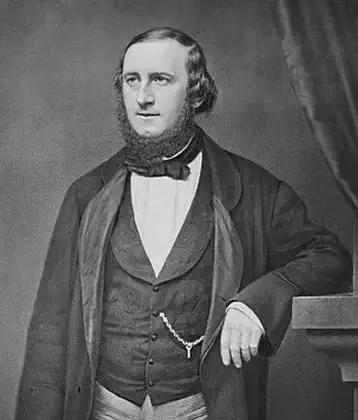On March 11, 1926 in Celtic History
Eamon de valera resigns as head of sinn féin

Éamon de Valera resigned as the head of Sinn Féin in January 1926. This resignation came after a significant split in the party over the issue of taking the Oath of Allegiance to the British Crown, which was a requirement for entering the Free State’s Dáil Éireann (the Irish Parliament) according to the Anglo-Irish Treaty of 1921. De Valera was opposed to the Treaty, which led to the Irish Civil War (1922-1923) because he and his followers believed it did not offer true independence for Ireland, as it kept Ireland as a dominion of the British Empire.
After the Civil War, the pro-Treaty side, which accepted the terms of the Anglo-Irish Treaty, formed the government of the Irish Free State. Sinn Féin, under de Valera’s leadership, continued to abstain from participating in the Dáil due to the Oath of Allegiance. However, by the mid-1920s, de Valera was seeking a way to enter the Dáil to pursue Irish republicanism through constitutional means.
His proposal to allow Sinn Féin members to take their seats in the Dáil without recognizing the legitimacy of the Oath was defeated at the Sinn Féin Ard Fheis (party conference) in October 1926. As a result, de Valera and his supporters resigned from Sinn Féin and founded a new party, Fianna Fáil, in May 1926. Fianna Fáil was committed to achieving a republic but was willing to use the political structures of the Free State to do so. The party entered the Dáil after its members took the Oath of Allegiance, seeing it as an “empty formula” that did not imply genuine allegiance to the Crown but allowed them to work within the system for Irish independence.
Fianna Fáil’s pragmatic approach allowed it to gain significant support, and it eventually led the government for much of the 20th century. De Valera himself served multiple terms as the head of government (as President of the Executive Council and later as Taoiseach) and as President of Ireland, becoming a central figure in Irish politics for decades.
More From This Day
